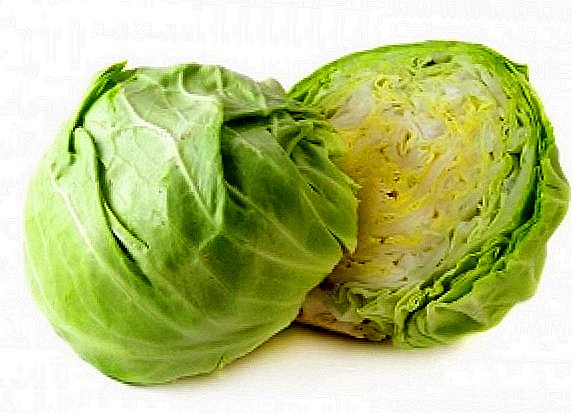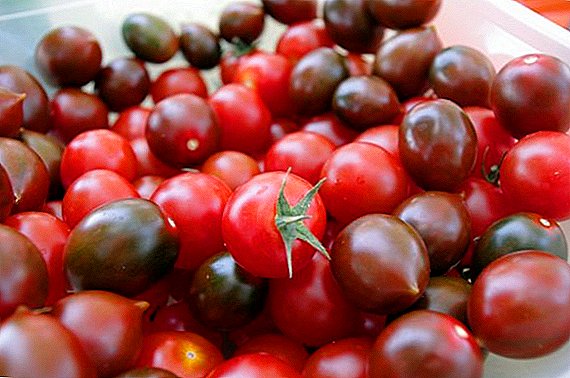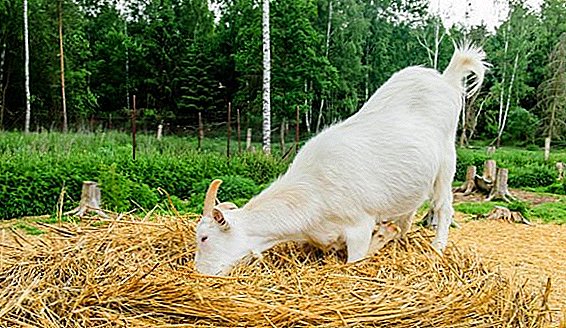
In home poultry there is a mass of "pitfalls". Incorrect selection for incubation and violation of the rules of storage will negatively affect the process. In order for the chicks to be healthy, each specimen intended for the incubator will have to be checked. Only the best samples are selected, only with such an approach to business can you get a good result.
How many days and how can I store?
Chicken eggs are stored no more than 5 days. But quite often the necessary quantity cannot be collected, and it is unprofitable to send a small batch to the incubator economically. But storing them longer than the allotted time is also wrong, since hatchability decreases sharply.
Fertilized chicken eggs quickly lose their value. There is a decrease in fluid in the protein and yolk. This loss cannot be restored. Eggs lose their original beneficial properties. This leads to a deterioration in the development of the embryo. Therefore, the storage time is important.
The time between the demolition and the laying in the incubator should be short. So more chances for breeding a full-fledged chicken.
Learn more about how to store chicken eggs, you can find here.
What samples are suitable for incubation?
To achieve a positive result requires precise control in the selection process. Eggs must meet certain criteria.
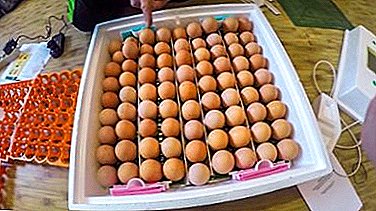 Mass and shape. Heavy samples are not suitable. The ideal weight is approximately 50-75 grams. With an excessive mass, the probability of the development of two yolks is high. With such a deviation samples are not suitable.
Mass and shape. Heavy samples are not suitable. The ideal weight is approximately 50-75 grams. With an excessive mass, the probability of the development of two yolks is high. With such a deviation samples are not suitable.- Shell. The shell should be perfectly smooth, no cracks and dents. The presence of colored specks on the shell indicates the appearance of decomposition. It is forbidden to use dirty eggs, and cleaning is undesirable. This is due to the risk of damage to the protection layer.
- Yolk. It should be free of any particles and stains. Must be in the center of the egg.
- Air chamber. Even at the moment of rotation, it must remain in the widest part, not adhering to the walls. Its diameter should not exceed 15 mm, and the thickness of about 2 mm.
Only the coincidence of these criteria allows the use of samples for incubation.
Collection and preparation of the tab at home
- Collected eggs are taken for incubation.. Overheated or very cold samples are not used. Eggs that are taken at the right time will increase the productivity of the hen. If there are a lot of eggs in the nest, then it will be less than their laying. Thus, it will focus on hatching.
- It is advisable to select even warm, and uncooled copies.. That is, they gather at least twice a day. In case of heat or severe frost - after 3 hours. Selected samples are laid out in trays with foam pads. They protect against cracks and other damage.
- If there was a long transportation, the eggs need to rest.. And only after 10 hours of rest, they are laid out in trays (horizontally). It should be noted that the eggs turn over twice a day.
- Before placing in the incubator, the eggs are brought to 22 degrees.. To achieve this, they can be placed under a quartz lamp. The source of exposure should be within half a meter of eggs, and the duration of exposure should be about an hour.
More details about the process of incubating chicken eggs at home can be found here, and more information about the technology of artificial breeding of chickens and what temperature of incubation of chicken eggs can be found in this material.
How to create the necessary environment?
- In a room that is intended for storage, there must be good ventilation, and the temperature should not exceed 12 degrees. Temperature spikes must be avoided, otherwise condensate forms on the shell. It leads to the spread of harmful microorganisms.
- It is necessary to eliminate the sharp odors in the warehouse, as the eggs absorb them well, despite the shell.
- Draft is also undesirable. The rapid movement of air accelerates the evaporation of moisture.
More details about the mode of incubation of chicken eggs can be found here.
Validation check
Only eggs from healthy chicken are laid in the incubator so that there is not even a hint of an infectious disease.
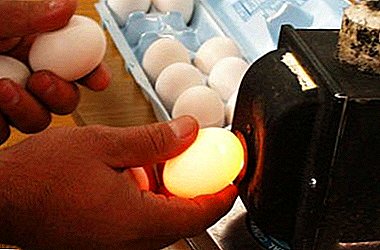 Of great importance is the appearance of the egg. Round or long are not suitable for bookmarks, as such forms speak of genetic abnormalities. Sick chicks hatch from them. Samples with a rough shell or with cracks are laid aside. The standard is a clean egg, which has a shell with a uniform texture and color.
Of great importance is the appearance of the egg. Round or long are not suitable for bookmarks, as such forms speak of genetic abnormalities. Sick chicks hatch from them. Samples with a rough shell or with cracks are laid aside. The standard is a clean egg, which has a shell with a uniform texture and color.- Then, an examination with an ovoscope. It resembles a hammer with a light bulb. This device is determined by the location of the air cylinder, which provides the oxygen supply to the embryo. This chamber is located in the blunt part of the egg, and the diameter should be no more than 1.5 cm. If the size is larger, then the egg was demolished a long time ago, which will adversely affect hatchability.
The yolk must be in the center, and also have washed outlines. Its small mobility is allowed. If the center is offset or two yolks, then the eggs are rejected.
- After a week in the incubator, the eggs are checked again with an ovoscope.. During this time, the fetus should have a circulatory system and a heartbeat. If it is missing, the egg is removed from the incubator.
When infected with mold, it will show up with repeated scanning. By the way, on the 11th day a third check is also carried out. At this point, everything should be formed.
Important! You can not wipe the eggs and cleaned of fluff. This nadkorlupnaya film plays a protective role, having bactericidal properties.
Proper compliance with the conditions of selection and storage of hatching eggs allows for 100% hatchability. The offspring will be necessarily healthy. But we should not forget that the most perfect machine will not replace human care.
Also, the reader may be useful information not only about the incubation of eggs, but also about what is the shelf life of raw eggs at home at room temperature according to SanPiN.


 Mass and shape. Heavy samples are not suitable. The ideal weight is approximately 50-75 grams. With an excessive mass, the probability of the development of two yolks is high. With such a deviation samples are not suitable.
Mass and shape. Heavy samples are not suitable. The ideal weight is approximately 50-75 grams. With an excessive mass, the probability of the development of two yolks is high. With such a deviation samples are not suitable. Of great importance is the appearance of the egg. Round or long are not suitable for bookmarks, as such forms speak of genetic abnormalities. Sick chicks hatch from them. Samples with a rough shell or with cracks are laid aside. The standard is a clean egg, which has a shell with a uniform texture and color.
Of great importance is the appearance of the egg. Round or long are not suitable for bookmarks, as such forms speak of genetic abnormalities. Sick chicks hatch from them. Samples with a rough shell or with cracks are laid aside. The standard is a clean egg, which has a shell with a uniform texture and color.